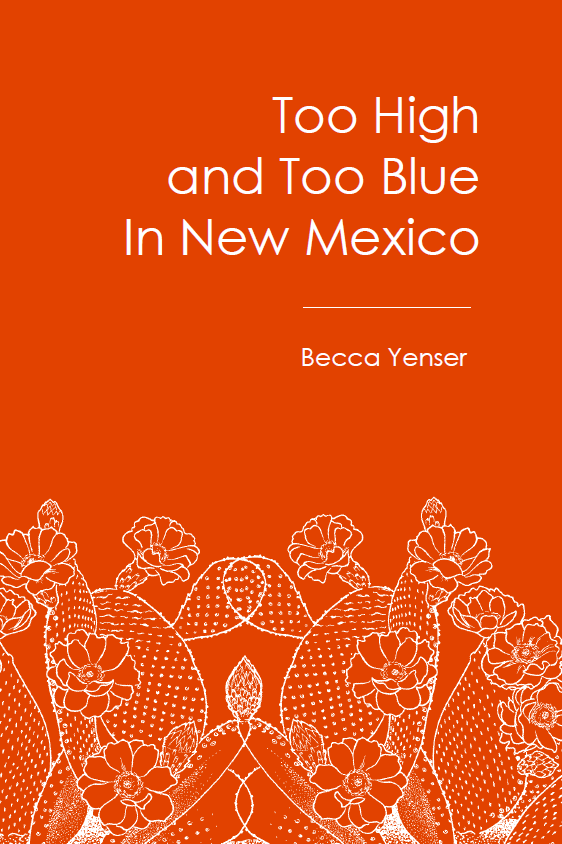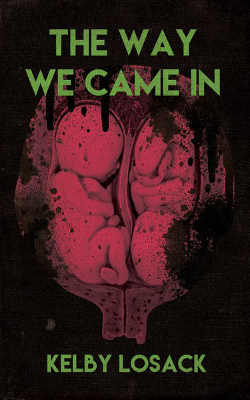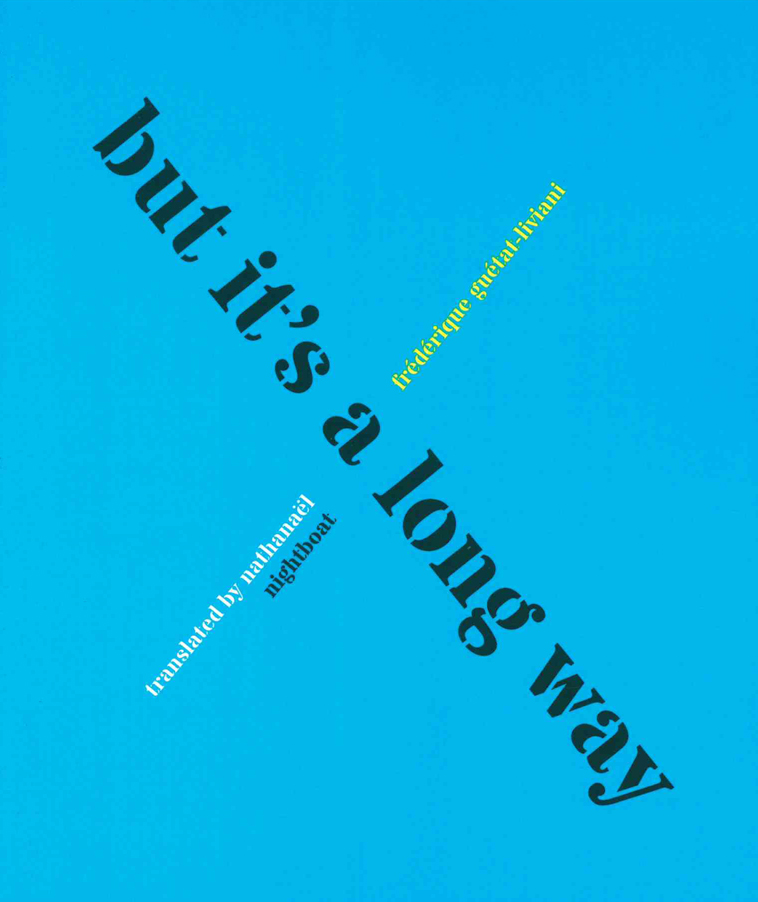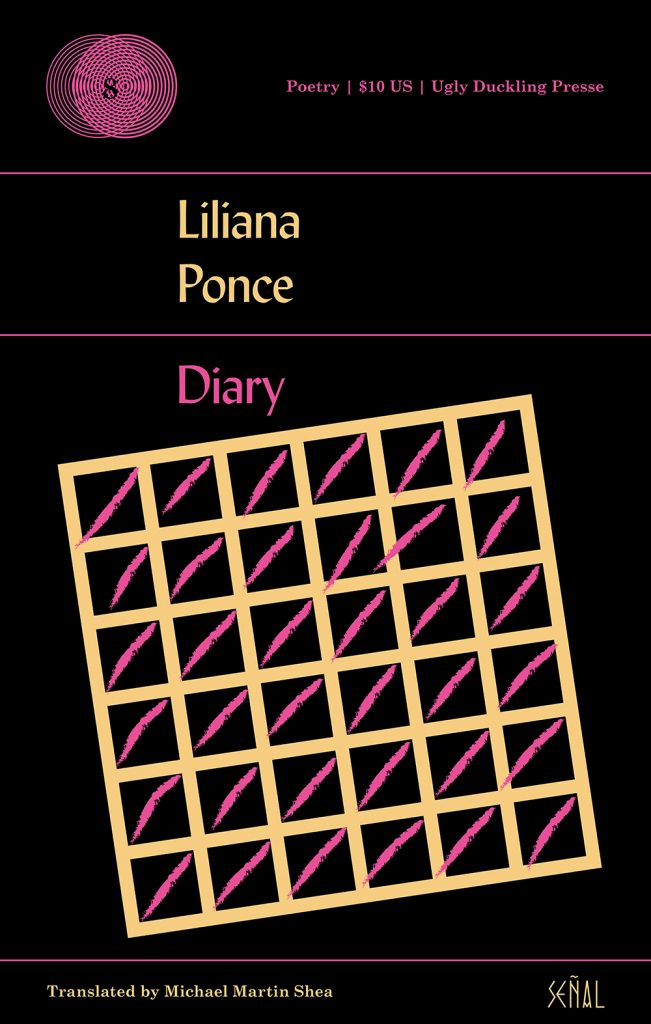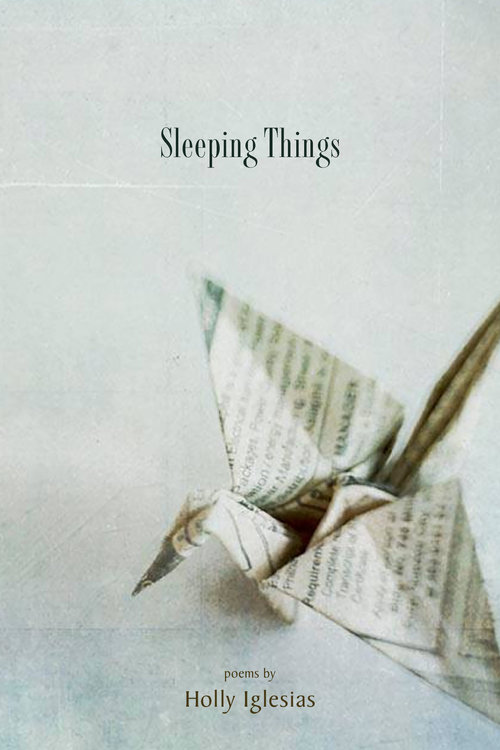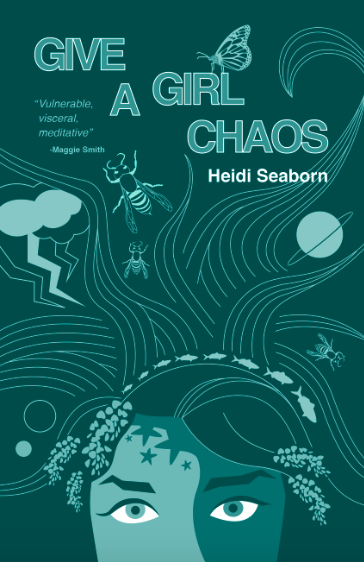
(Hanging Loose Press, 2019)
REVIEW BY PATRICIA GRISAFI
—
In Ways of Looking at a Woman, Caroline Hagood wonders how motherhood has changed her as both a person and a writer: “When I feel overcome by my post-birth transformation, I imagine my body as a written form and try to guess its genre.” But after childbirth, a singular genre doesn’t seem to work anymore. So she turns to hybridization, which feels like a more authentic way to articulate the condition of being woman, object, mother, and writer. As a result, Ways of Looking at a Woman is a smart, honest, funny, and endearing lyric portrait of the artist as a fragmented and reconstituted entity.
Hagood uses the hybrid text as a way to discover and create identity. And like identity, just when you feel you have a grasp on her narrative, it slips away and transforms into something else. This is part of the immense pleasure of the book—that it contains multitudes. Part film theory, part personal essay, part poetry, Ways of Looking at a Woman toys with our expectations of how each of these genres should operate. The themes that tie the text together—gazing and consuming, mothering and being mothered, creating and destroying, and confessing and withholding—are elucidated by quirky anecdotes. Here is the writer as watcher of junk TV and connoisseur of junk food, the writer as a woman who is exhausted by her children but still finds time to ponder postmodernism on the toilet. “Mostly I didn’t write a memoir because nobody wants to read something called The Subtle Art of Writing While Covertly Watching a Zombie Movie, Playing Make-believe with a Tantrumming Kid, and Eating Taquitos,” Hagood explains.
Like the title alludes, Hagood’s text feels like what might happen if Wallace Stevens and Laura Mulvey had a rambunctious child who delights in finger painting with food all over the study. There’s a loopy energy to Hagood’s prose that feels very much like motherhood manifested. Her book is serious but doesn’t take itself too seriously. You have to love a writer who is comfortable enough to invoke both Reality Bites and Derrida in a way that is not obnoxious — and put both of them on the same theoretical level. This happy marriage of high and low is an engaging feature of Hagood’s book. We all know the academic who can and will name-drop theorists into conversations about cat litter, but Hagood’s invocations don’t feel showy or performative. The meshing–actually, obliterating—of hierarchies is part of the goal here. Once we realize that hierarchies, much like genre and static designations, confine us, we can be liberated and create something explosive and new.
Organized as a thesis (Hagood wrote the book while working on her doctoral dissertation), Ways of Looking at a Woman adopts an academic form while also poking fun at academia. Riffing on the cliche of women’s inherent mysteriousness, Hagood jokes in the “Methodology” section: “So I needed to study women, but I wasn’t good at statistics…Besides, I like women, and have found that to dissect them with numbers and figures was to forget that.” Sometimes, the analysis kills the joy or distracts us from the inherent pleasure of the text — and sometimes, Hagood writes, prevents us from fully inhabiting the work: “I started wanting to use ‘I’ in the dissertation where it didn’t belong. On every page, Caroline kept popping up—making lewd gestures behind a footnote, mooning me from behind a piece of particularly dry text.” Here, Caroline’s impertinent insistence is on not just making the text her own but actually becoming the text. This is not just a dissertation, a body of work–it’s a literal body. A woman’s body.
Ways of Looking at a Woman is a feminist text. It’s a story of becoming, transmutation, trauma, and women’s work that often goes unseen or under appreciated: cleaning tiny nails, washing food off the walls, giving birth itself (the way Hagood describes birth is perfect: “this purple creature of tenderness suddenly came exploding out of me and I got to keep it). In one of the most stunning parts of the book, Hagood crashes body horror into feminist theory, commenting on the inherent amalgamation of womanhood: “Women have felt this monstrousness since the beginning of time, but I just went the extra step and literally became a monster. One fateful day I became literature. It was beautiful, astounding even as my skin became fragile and see-through, became diaphanous pages. I transformed into the hybrid I had always been half-woman, half-writing.” In this book, Hagood becomes Frankenstein’s creation or even Dorian Gray—her body as art and experiment, containing difficult truths about humanity.
—
Patricia Grisafi, PhD, is a New York City based freelance writer and editor. Her work has been featured in Salon, The Guardian, Vice, Narratively, The Rumpus, Self, Bustle, Ravishly, and elsewhere. Her short fiction appears in Tragedy Queen: Stories Inspired By Lana Del Rey & Sylvia Plath.
![[PANK]](https://pankmagazine.com/wp-content/themes/pank/assets/images/pank-logo-large.png)




